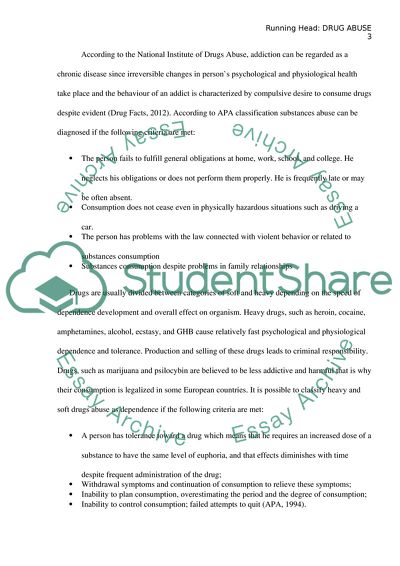Cite this document
(Drug Abuse Information Report Example | Topics and Well Written Essays - 1500 words, n.d.)
Drug Abuse Information Report Example | Topics and Well Written Essays - 1500 words. https://studentshare.org/psychology/1857501-drug-abuse
Drug Abuse Information Report Example | Topics and Well Written Essays - 1500 words. https://studentshare.org/psychology/1857501-drug-abuse
(Drug Abuse Information Report Example | Topics and Well Written Essays - 1500 Words)
Drug Abuse Information Report Example | Topics and Well Written Essays - 1500 Words. https://studentshare.org/psychology/1857501-drug-abuse.
Drug Abuse Information Report Example | Topics and Well Written Essays - 1500 Words. https://studentshare.org/psychology/1857501-drug-abuse.
“Drug Abuse Information Report Example | Topics and Well Written Essays - 1500 Words”. https://studentshare.org/psychology/1857501-drug-abuse.


